Nestled on the West Coast of Demerara (WCD), Stewartville is located about ten miles from Vreed-en-Hoop, and has a population of around 2,500 made up of various ethnic groups. The village is divided into four sections: Stewartville Housing Scheme, Sarah Lodge, Stewartville Old Road and Stewartville Sea View.
A trench separates the village from the neighbouring community of Leonora, and a resident noted that the public road passing through Stewartville was once a dam covered in bushes. She recalled it was about 30 to 40 years ago that the present public road was built, and in the old days the Tamarind dam, as it was called, led to the West Coast public road via Uitvlugt, which lies immediately west of Stewartville.
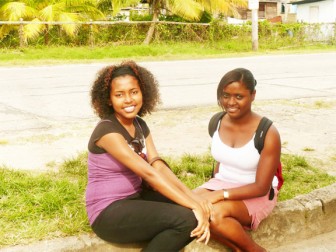
The oldest member of the village is Esther Cleopatra Brathwaite, who is now102, but can still lucidly relate stories about growing up in Stewartville and her subsequent life there.
As she sat on her bed she told Stabroek News that she attended the Stewartville Congregational School after which she became a teacher at the school. “After school I can recall the days I played under the tamarind tree and the thing that I really loved the most is the old talk I had with my friends.
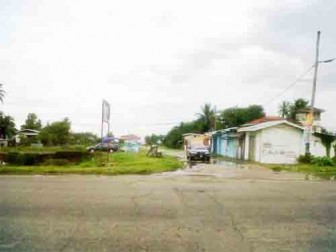
“I used to pick the green tamarind and take them home and mix it with salt and sugar,” she recalled. A street in Stewartville is called ‘Tamarind Street’ because of the many trees which were found there in years gone by. There are three streets in the community, namely, Back Street, Middle Street, and Tamarind Street.
Brathwaite said, “I was born at the home where I lived in Back Street… I recalled Stewartville always being a quiet place and the people in the community are very sociable.”
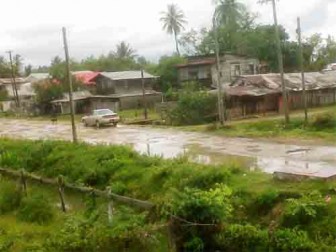
“We don’t have crimes and violence in the community,” she continued; “you can walk as late as you want and people here don’t trouble you.“ She described Stewartville as being like a “family place,“ and said that she could vividly recall the church banquets, dances, concerts and other social activities which once featured there in the old days. “Most of the villagers have migrated to other places, so the people who live here did not really get to experience the taste of the community,“ she remarked.
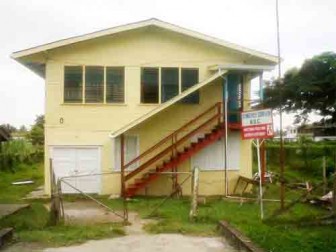
In the old days Stewartville was a large canefield, but over the years houses have been built on the land. Sarah Lodge was first named ‘Bondins,’ and that section of Stewartville belonged to the sugar estate. Most people who reside in this part were originally estate workers, residents explained.
In addition to the canefields, Stewartville also had many cow pastures. These stretched mainly along the public road, going away from the sugar estate. The rest of land that made up the area of Stewartville was used for rice plots and farmland. Over time the estate had allowed some of the labourers to cultivate rice on these plots and to do limited farming.

But today, things have changed. A resident of Back Street noted that “All those rice plots and pastures have made way for housing schemes which today house offspring of those very labourers who gave their lives for king sugar.”
The community has nursery, primary and secondary schools, as well as private day-care for pre-nursery children. The Stewartville Secondary School was first called the Stewartville Congregational School, because it was located in the same compound as the Congregational church, established on June 17, 1842. The building which housed the school in the church compound was demolished however about 5 years ago because it was beyond renovation.

The school was built after emancipation by the African labourers themselves. The members of the church demolished the structure with the intention of building a congregational hall, a resident told this newspaper.
Stewartville has produced a number of scholars such as the late Justice Rudolph Harper, Dr Karlye Miller, and Justice Oslen Small.
In cases of illness, residents go to the Leonora Hospital, which is not far away.
A significant landmark in the community is the silk-cotton tree known as the ‘Dutch tree.’ It is said to be the tallest tree in the village and is reportedly over 100 years old.
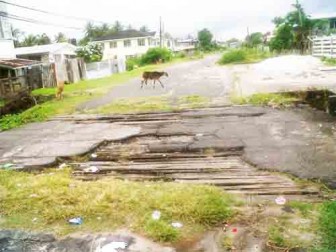
A landmark in the form of a monument commemorating the birth of the Republic of Guyana on February 23, 1970 can also be found in the village. “This community has a few significant landmarks but for us, it’s important that they are kept intact so that our children will remember how the community came to being,” a resident of Back Street told this newspaper.
As far as commerce is concerned, there are not many small businesses, although there is now an internet café, a newly opened taxi service, a barber’s shop, a liquor parlour and a general store cum nightspot, known as Parker Square. Stewartville is home to a few nightspots, and at Parker Square, for example, people can have a taste of hot fish fries washed down by sodas after a hard day’s work. A game of dominoes is a must at the popular spot as competitions are held there frequently.
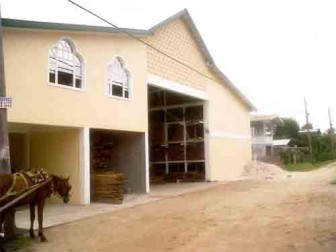
There is also a very large market at which brisk business is done on Saturdays when people from far-off areas come to hawk their goods or do shopping.
The soil in the West Demerara community is said to be fertile and most of the residents have their kitchen gardens and do some horticulture. The region experiences flooding and drainage problems, however, because it is low lying.
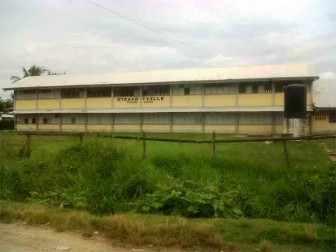
Stewartville residents do have a few concerns and they complained about the drainage problems which plague them, the lack of proper waste and disposal services and the bad roads which have become impassable in some parts, resulting in motorists being unable to access the community during rainy weather. There is also the lack of a recreational facility such as a playing field or a recreational park where residents could hold ‘fun-day’ type events.





